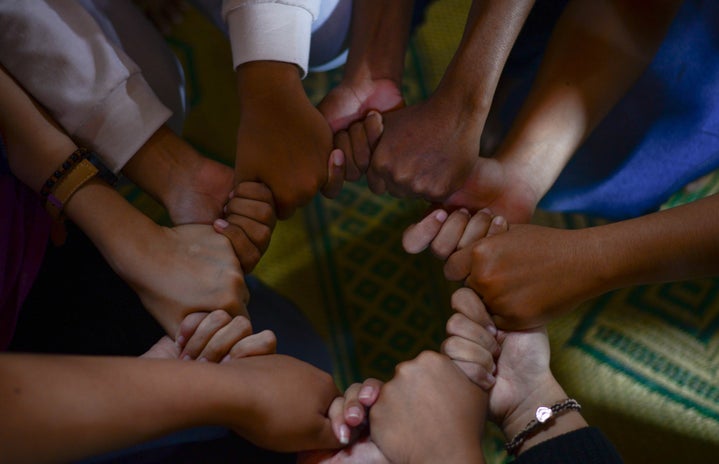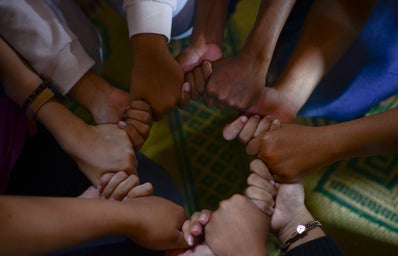We as journalists emerging in the media landscape have an obligation to report accurately and honestly. Our word helps to inform the public on global and local issues. Our word distributes truth, helps combat misinformation, and establishes trust with the public. However, when we don’t give equal voice to underrepresented communities in our reporting, are we helping anything at all?
According to research conducted by the Pew Research Center, “by a considerable margin, more journalists say their organization does not have enough racial and ethnic diversity (52%) than say it does (32%).” Not only is this an issue within the newsroom itself, but this lack of internal diversity will undoubtedly impact our external reporting as journalists. When reporters do not live in certain regions or experience life the same way as our audience, the stories we tell begin to lack dimension and feel catered toward one binary audience.
To help combat this diversity discrepancy, many newsrooms across the nation have implemented DEI initiatives. For those who don’t already know, DEI stands for diversity, equity, and inclusion: three tenets that will ultimately help broader groups of journalists who may have faced barriers to entry in the field. Most colleges and companies now have a DEI-focused statement. If you’re curious about what your university stands for, search for its mission and any public comments made by its officials on the topic.
However, it isn’t always easy for journalists to make executive-level changes across their entire department. I should mention that no one is asking you as a reporter to make these large-scale, company-wide policy adjustments. It’s important to push for diversity and inclusion when you can, yes, but unless you’re in the board room, it can be difficult.
Change starts in small ways. One key thing journalists can do to prioritize diversity is to reflect diverse sources and communities in their stories. Take a moment to analyze the kinds of people you typically interview, whether it be for your reporting class or any jobs you’ve held. Who do you interview? Is it mostly faculty and students at your institution? Friends, when you’re on a tight deadline? We’ve all been there, but it is more important than ever to look beyond your normal resources.
Try to think of underserved communities that might have stories to tell. Analyze whatever beat you’re working on. Who directly benefits from it? On the other side of that, who might be negatively impacted by barriers in your topic? Find the voices that sometimes don’t want to speak. One of the greatest powers you have as a journalist is shedding light on untold stories.
However, it is equally important to do this work for the right reasons. Don’t go root out an underrepresented group, just because your stories have been lacking diversity in the past. Find a genuine connection to the community you’re covering. Let their voices guide the story instead of trying to make them fit the mold of a piece you envisioned writing.
Remember, you are, at that moment, representing the whole field. Make sure they feel heard. Don’t make it any harder for them to open up. This is only one of the ways we as journalists can help improve the quality of our newsrooms. Still, it is an important part of progress.


